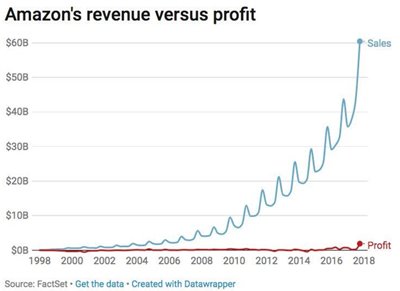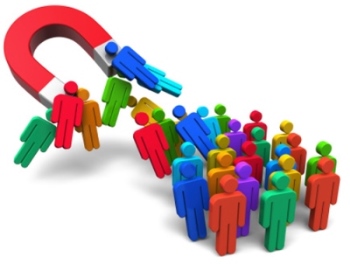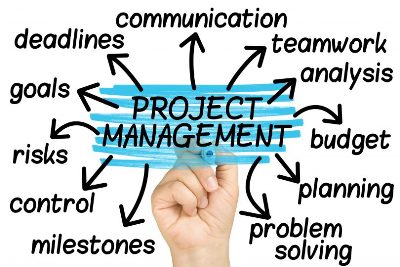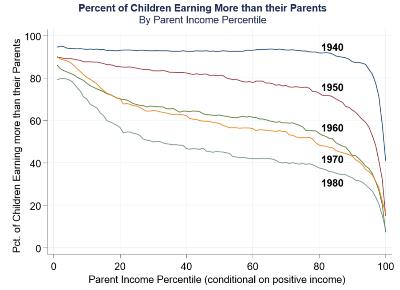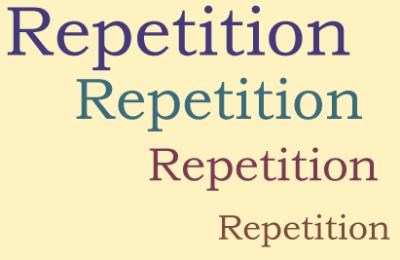Following up on our previous post, since the pandemic accelerates the transition towards remote work, what are the practical and physical changes we can expect?

First, houses and apartments will have to have a home office, leading to larger surfaces or different arrangements.
The equipment of households in terms of computers and tablets can also be expected to grow to at least one device per person, children included (that’s a big topic just now as schools are closed and children have to work from computers).
Since less people will commute we can expect less tension on public transportation and similar infrastructure (although there will be days where everyone will be expected to meet at the office, so some days in the work week may still be quite busy). Therefore there may be less days with significant traffic jams in large cities. Conversely there will be more tension on the internet infrastructure but that will be easier and cheaper to fix.
We can expect office times to be more like 2 or 3 days per week, letting office spaces being shared between companies or departments.
I am not quite sure there will be a visible impact on flight traffic as personal connections will still remain important and tourism can expect to still develop.
What other physical changes do you think we can we expect from this increase in remote work?



